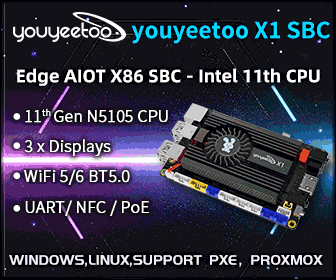Skyworth Announces K100 Smart TV, GS100 and GS300 Set-Top Boxes with “Google services for Smart TV” Powered by Marvell ARMADA 1500 Plus
What do company executives do when a product is not selling as expected? They organize a board meeting, deliberate for hours, and come up with a brilliant idea like “Let’s change the name!”. If I count correctly, this year would have been the release of products based on Google TV 4.0, but the company decided to scrap it, and this year, we have devices with “Google services for Smart TV” thanks to Skyworth K100 Smart TV, as well as GS100 and GS300 set-top boxes, all powered by Marvell ARMADA 1500 Plus SoC. Marvell published a press release yesterday detailing the news: Continuing its leadership in the Smart Home ecosystem, Marvell (NASDAQ: MRVL) today announced a partnership with Skyworth, a global TV maker, to deploy Smart TVs and set-top boxes with Google services for Smart TV. The new offerings are powered by Marvell’s ARMADA® 1500 Plus (88DE3108) system-on-chip (SoC) platform, a […]





